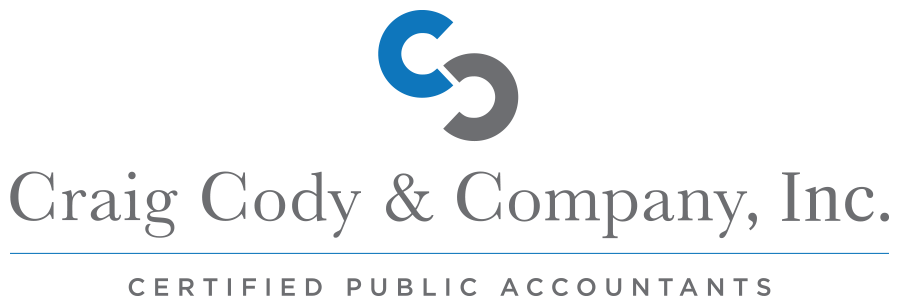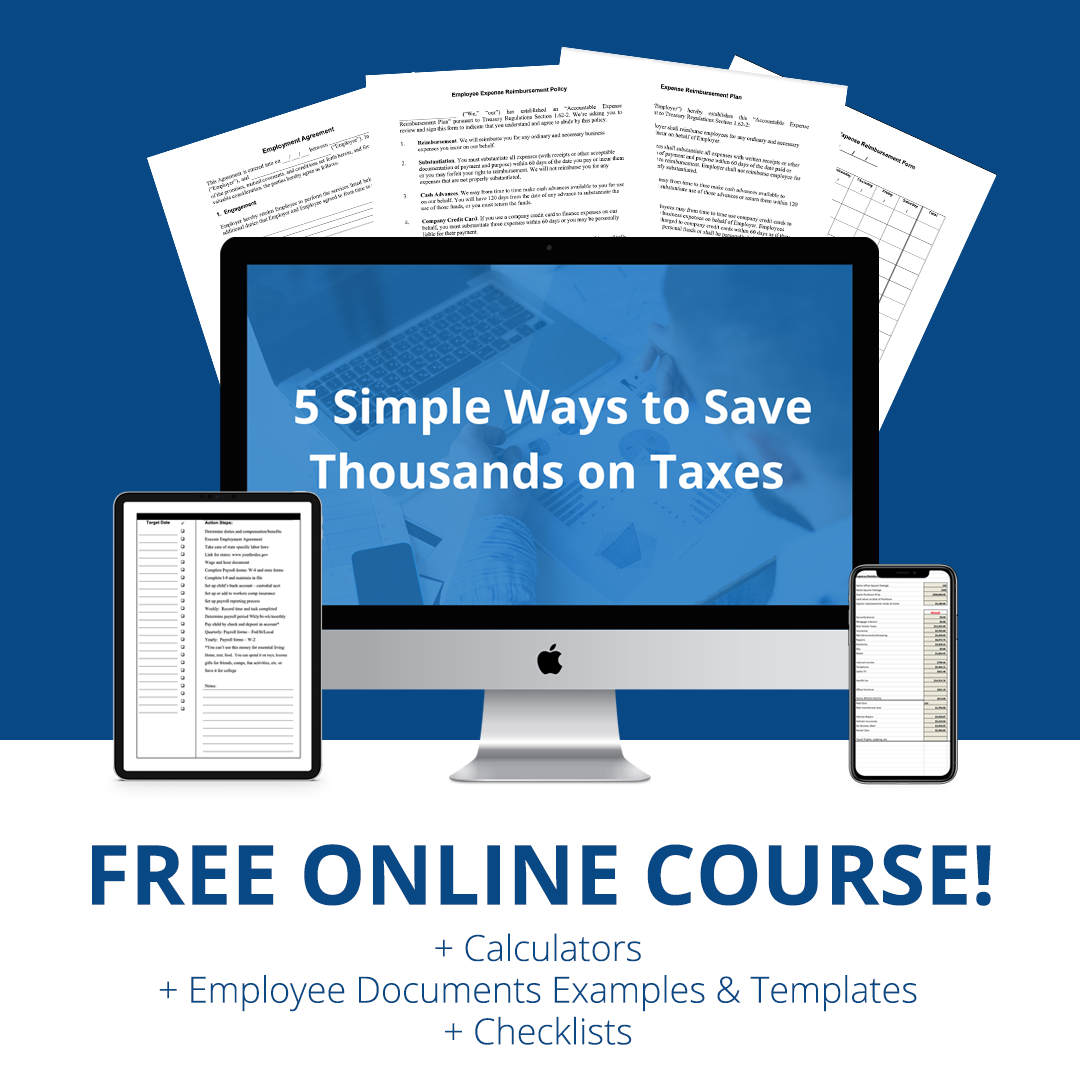 Rod Khleif: There are a lot of companies that’ll help you with this. You pay 100 bucks, plus the filing fees… Okay, so the wrong entities. What other mistakes to do you see real estate investors make when they come across your desk?
Rod Khleif: There are a lot of companies that’ll help you with this. You pay 100 bucks, plus the filing fees… Okay, so the wrong entities. What other mistakes to do you see real estate investors make when they come across your desk?
Craig Cody: Depreciation, cost segregation is a big one.
Rod Khleif: Oh, cost segregation, yeah. Let’s talk about cost segregation for a second. Describe that to my listeners, please.
Craig Cody: Okay. So let’s just say you bought a property, and the building itself, the house, which is a residential rental, was worth a$100,000. Under standard depreciation, you’re going to depreciate that over 27 and a half years, which works out to approximately, $4,000 a year in depreciation expense.
If you do a cost segregation study, they break that house into different pieces such as equipment maybe seven, or 10, or 15-year property.
Rod Khleif: Let me expand on what you just said, so that everybody’s clear. What they do guys, is they basically take the different components in the building, and they assign the useful life to each one of those components, so from the doors to the windows, to the electrical to the HVAC. Even to the concrete outside.
I mean it’s crazy what they break up on these things but everyone has its own useful life and correct me if I’m wrong, Craig; what it allows you to do is basically accelerate depreciation. Correct?
Craig Cody: Yes. So over 27 years, you still have the same $100,000 worth of depreciation but you may get 20% of that up over the first five years.
Rod Khleif: Right.
Craig Cody: And the beauty of cost segregation is, if you don’t do the study until year five, in year five you get to pick up all that missed depreciation that you would have had if you did a cost segregation study in year one.
Let’s just say, you sold another property that year so now you’re able to offset it. That’s a great…
Rod Khleif: Offset that income. Yeah.
Craig Cody: That’s a great planning tool.
Rod Khleif: Yeah. I did it myself last year. I literally save $600,000 and I did cost segs on properties that I owned quite a while. It was a huge deal for me. I highly recommend that strategy for you guys. Definitely something you want to explore and understand so that you can utilize it.
[00:10:03]
Rod Khleif: I will say, you typically have to bring in an engineer to do the analysis and then they’ll prepare a report that goes to a CPA. Is that how you see it done?
Craig Cody: Right. Yes. On a bigger commercial, but we actually work with a company that you could have it done on a residential property for less than $1,000.
Rod Khleif: Wow. That’s very reasonable.
Craig Cody: It’s so low.
Rod Khleif: That’s very reasonable. Okay. Fantastic. What other mistakes do you see?
Craig Cody: Paranoia. Failing to do something because you’re worried that the IRS is going to come after you. Now, if you do something, whatever you do you should always document it. And if you get a letter from the IRS, you have the backup right there. It’s not a big deal.
Documentation is key. Everything we recommend to clients we make sure are typically they’re working with us. We’re making sure they’re documenting it.
Another thing is the wrong retirement plan that doesn’t typically come into place with real estate…
Rod Khleif: I’m sorry. Let me just hammer one thing home, because you really didn’t hammer it home. Guys, good recordkeeping is critical. Okay. If you’re going to do any of these advanced strategies you have to have good records. I just wanted to put an exclamation mark that. Don’t you play around with the IRS, if you don’t have good records.
But it’s not that hard. Use your credit card to pay, you keep your receipts, you keep track of what you’re doing.
Get your free copy of my recent book the Ten Biggest Tax Mistakes That Cost Business Owners Thousands here.
Listen to the full podcast here.
Newsletter
Subscribe to our Newsletter! Join our mailing list to receive the latest news and updates from our team.

